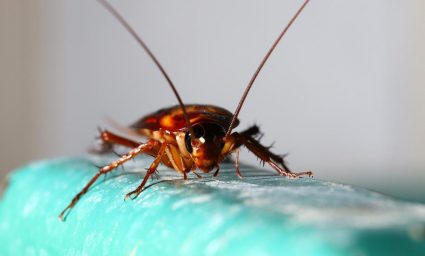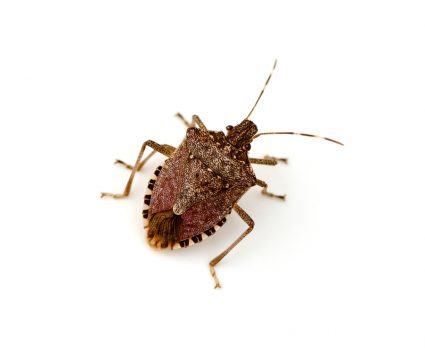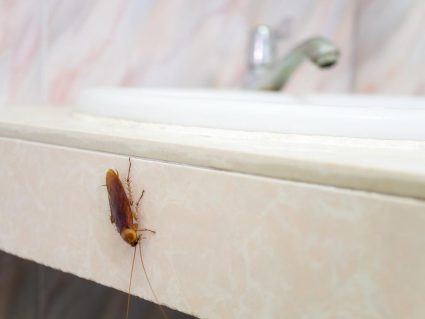
Fleas are a common pest that can infest homes and pets, causing discomfort and potential health issues. Understanding where fleas hide during the day is crucial in preventing and managing infestations. In this comprehensive guide, we’ll explore the common hiding spots for fleas, signs of infestations, and effective prevention and treatment methods.
Fleas often hide in dark, moist, and cool places during the day. Common hiding spots include carpets, rugs, cracks and crevices in flooring and furniture, pet bedding, and outdoors under shrubs, leaves, and trees. They prefer these areas because they offer protection and are typically away from direct sunlight. Regular inspection and cleaning of these areas can help prevent and manage flea infestations.
Common Hiding Spots for Fleas
Fleas are small, wingless insects that feed on the blood of mammals and birds. They are most active at night but during the day, they retreat to various hiding spots. Here are some common places where fleas hide:
Carpets and Rugs
Flea eggs often fall off pets and onto the floor, and flea larvae prefer to stay away from light, moving closer to the ground. Carpets and rugs provide a perfect hiding spot for them, especially if the floor area has been or is exposed to moisture.
Cracks and Crevices
Fleas can hide in narrow, dark spaces that offer protection, such as between carpet fibers, in cracks and gaps in baseboards, floor corners, and between floorboards.
Pet Bedding
Flea eggs are commonly found in pet bedding, and as they hatch, the larvae will hide there as well.
Upholstery and Furniture
Fleas can hide on textured surfaces like upholstery and furniture, especially if pets spend time on them.
Outdoors
Fleas prefer moist, shady, cool places, such as under shrubs, leaves, and trees. They can also be found in tall grass and moist, shady soil under shrubs.
Signs of Flea Infestation
If you suspect a flea infestation, look for the following signs:
- Excessive scratching by pets
- Hair loss in pets due to flea bites
- Flea bites on humans, usually located on the lower legs and feet
- Flea feces or “flea dirt,” which appears as tiny black or brown specks and will turn red or brown when wet
- Flea eggs in the carpet or pet bedding
Preventive Measures
To make your environment less conducive for fleas to hide, take the following preventive measures:
- Regularly vacuum carpets, rugs, and furniture
- Use natural repellents, such as essential oils
- Keep your yard clean and dry
- Use flea preventive treatments for pets
- Keep wildlife away by storing food in tight-sealing containers and removing brush and clutter from your yard
Managing a Flea Infestation
If you find fleas, consult with a veterinarian or pest control professional to determine the best course of action. Here are some steps to manage a flea infestation:
- Vacuum your home, including carpets, furniture, and pet bedding
- Apply natural flea powders on your pet to kill fleas in all life stages
- Sweep and mop floors, wash pet bedding, and use anti-flea carpet spray on carpets and upholstery
- Bathe pets with soap and water, then comb them with a flea comb
- Use natural flea repellents
- Treat outdoor areas where pets rest and sleep
- Steam clean carpets and upholstery
- Wash all pet and family bedding in hot, soapy water every two to three weeks
By understanding where fleas hide during the day and taking preventive measures, you can protect your home and pets from these pesky pests.
Frequently Asked Questions
What is the lifespan of a flea?
The lifespan of fleas varies depending on the environment and species, but generally, adult fleas live for about 2 to 3 months. However, in ideal conditions, they can live up to a year.
Can fleas survive on humans?
While fleas can bite humans, they cannot live on human skin for a long period. Fleas prefer hosts with a lot of body hair, like pets, where they can hide and lay eggs.
Can fleas live in a house without pets?
Yes, fleas can infest a home even without pets. They can enter homes on clothing or through cracks and crevices, and they can feed on humans. However, the infestation is usually not as severe as in homes with pets.
How long do flea eggs take to hatch?
Flea eggs usually hatch into larvae within 2 to 14 days, depending on the conditions. Moist and warm conditions speed up the hatching process.
How often should I treat my pet for fleas?
The frequency of flea treatment depends on the product used and the severity of the infestation. Most flea treatments for pets are applied monthly, but in severe cases, more frequent treatment may be necessary. Always consult with a vet for the best treatment plan for your pet.
Can I use the same flea treatment for my cat and dog?
No, not all flea treatments are safe for both cats and dogs. Some treatments for dogs can be harmful or even fatal to cats. Always use flea treatments that are specifically designed for the type of pet you have, and always follow the manufacturer’s instructions.











